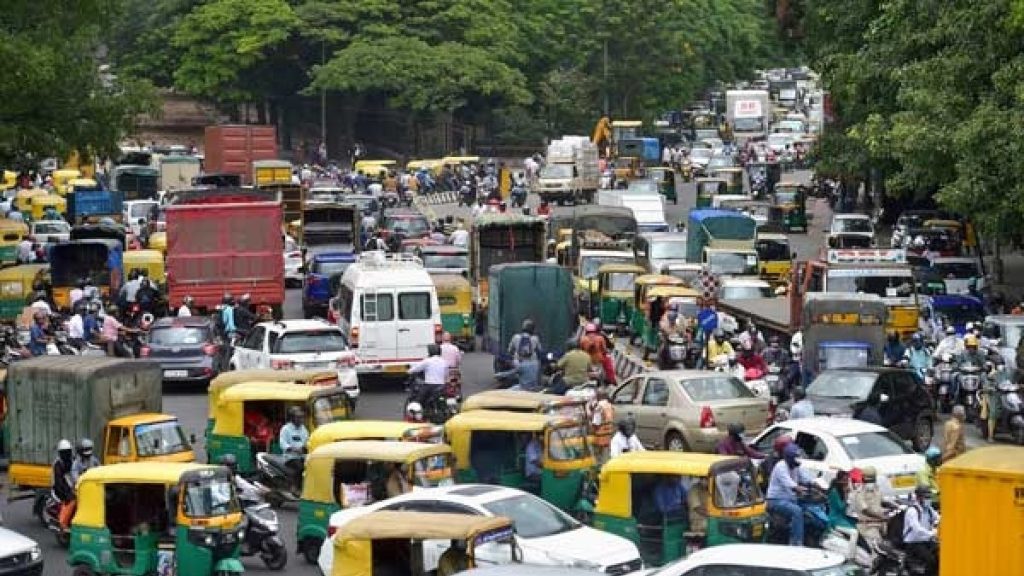Once celebrated as the “Garden City,” Bengaluru is now battling a severe air pollution crisis, with air quality deteriorating significantly this year compared to the last. The worsening air quality has caused the city to drop from 28th to 36th place in the central government’s annual ‘Swachh Vayu Sarvekshan-2025′ (Clean Air Survey-2025) report, released by the Union Ministry of Environment, Forest and Climate Change.
The alarming decline comes despite the increased adoption of electric vehicles, prompting environmental activists to express outrage and warn that the city is rapidly heading towards becoming “another Delhi.”
Key Reasons for Bengaluru’s Air Pollution Spike
According to the Union Ministry of Forests, Environment, and the Central Pollution Control Board, and echoed by local experts, the increase in air pollution is attributed to a combination of factors:
1. Explosive Growth in Vehicular Traffic
The most significant contributor to the city’s poor air quality is the massive and rising number of vehicles.
- Over 1.5 crore vehicles ply in Bengaluru every day, compounded by lakhs of vehicles entering from other districts.
- The rate of new vehicle registration is accelerating: 2,500 new vehicles were registered this year, up from 2,000 last year.
- This surge in traffic has led to a major increase in nitrogen oxide levels, a key air pollutant.
2. Infrastructure and Construction Dust
Widespread and ongoing construction work across the city is a major source of particulate matter pollution.
- Various road construction projects and other civil works churn up large amounts of road dust, directly deteriorating the air quality.
- This construction activity contributes to the city’s failure to control Particulate Matter (PM)-10 and PM-2.5 dust particles.
3. Loss of Green Cover
The unchecked destruction of trees in the name of development is directly counteracting efforts to maintain clean air.
- Thousands of trees are reportedly being cut down, or “burnt,” in the name of new projects.
- Retired professor of Bangalore University, Dr. T.J Renuka Prasad, expressed deep concern, stating that trees are being “killed in the name of development,” directly undermining the natural filtration system of the city.
The Experts’ Take: A Worrying Trend
Experts highlight the contradiction in the city’s environmental efforts and its developmental trajectory. Environmental activist Vinod Jacob starkly warned that if the trend continues, Bengaluru is “becoming another Delhi.”
The findings are especially troubling given an earlier report by IISc experts who had indicated that the high air pollution level in Bengaluru had significantly decreased, from a prior estimate of 70% to just 3%. However, the sharp drop in the Swachh Vayu Sarvekshan ranking suggests that this positive trend was short-lived or not sustained, and the ground reality has worsened.
The failure to control the key pollutants, PM-10 and PM-2.5, signifies a major environmental and public health issue that requires immediate, large-scale intervention to control vehicular emissions and protect the remaining green cover.








